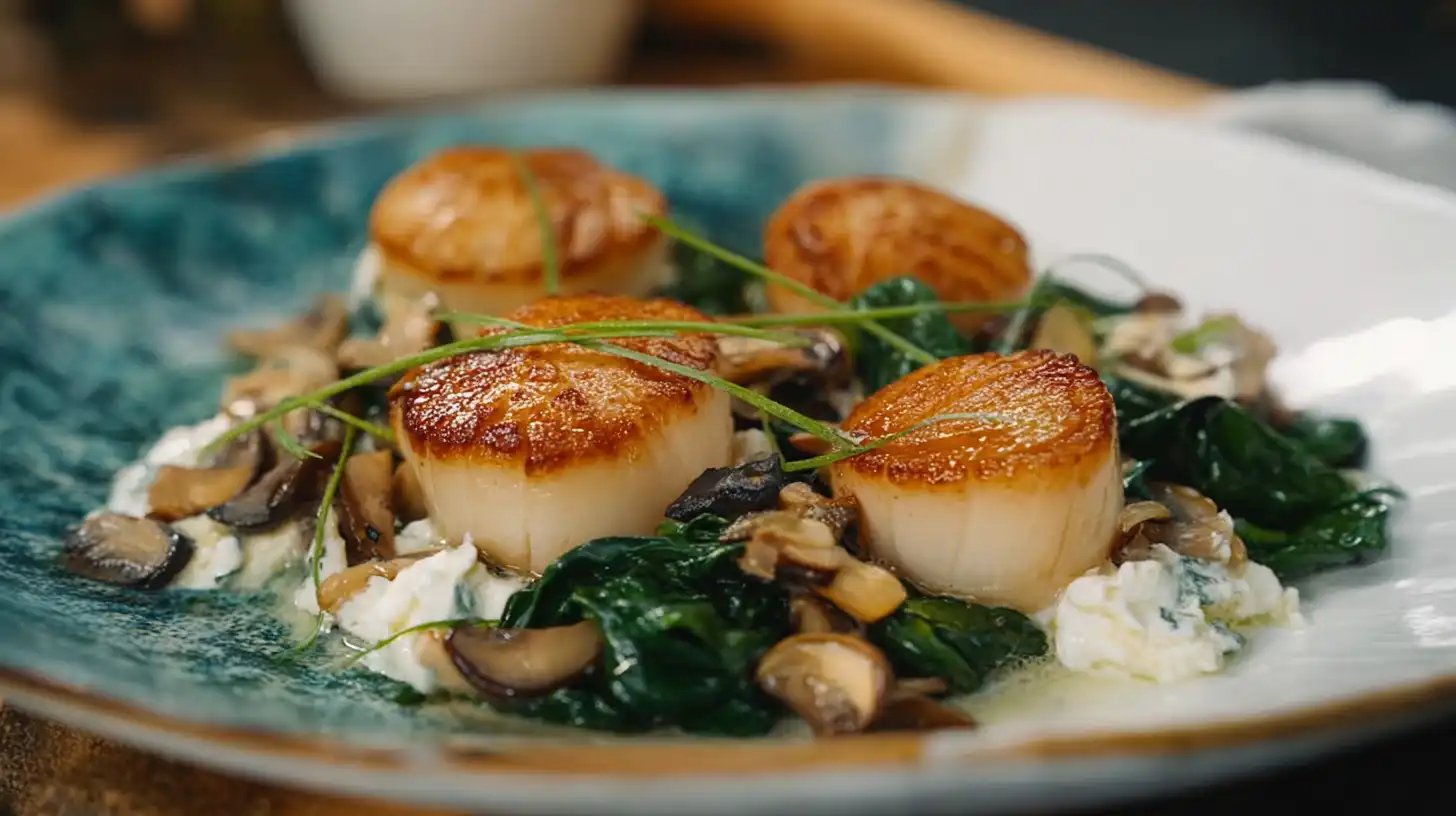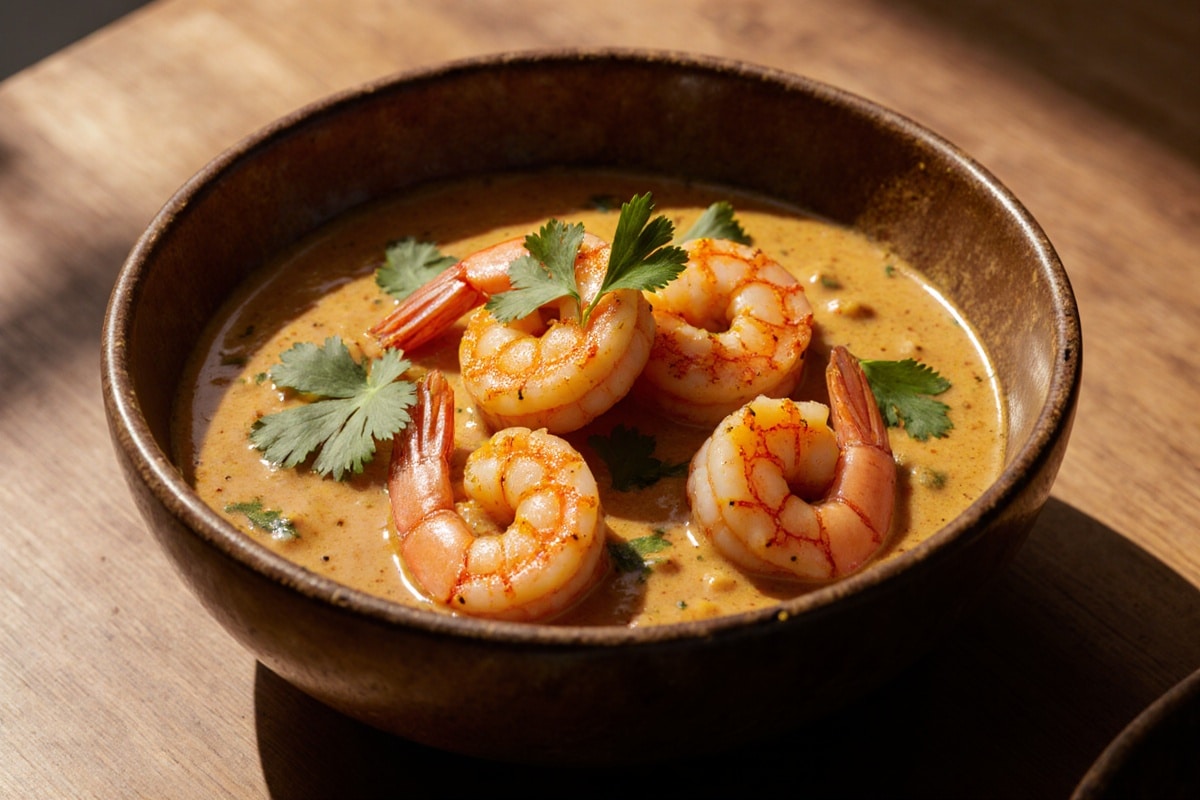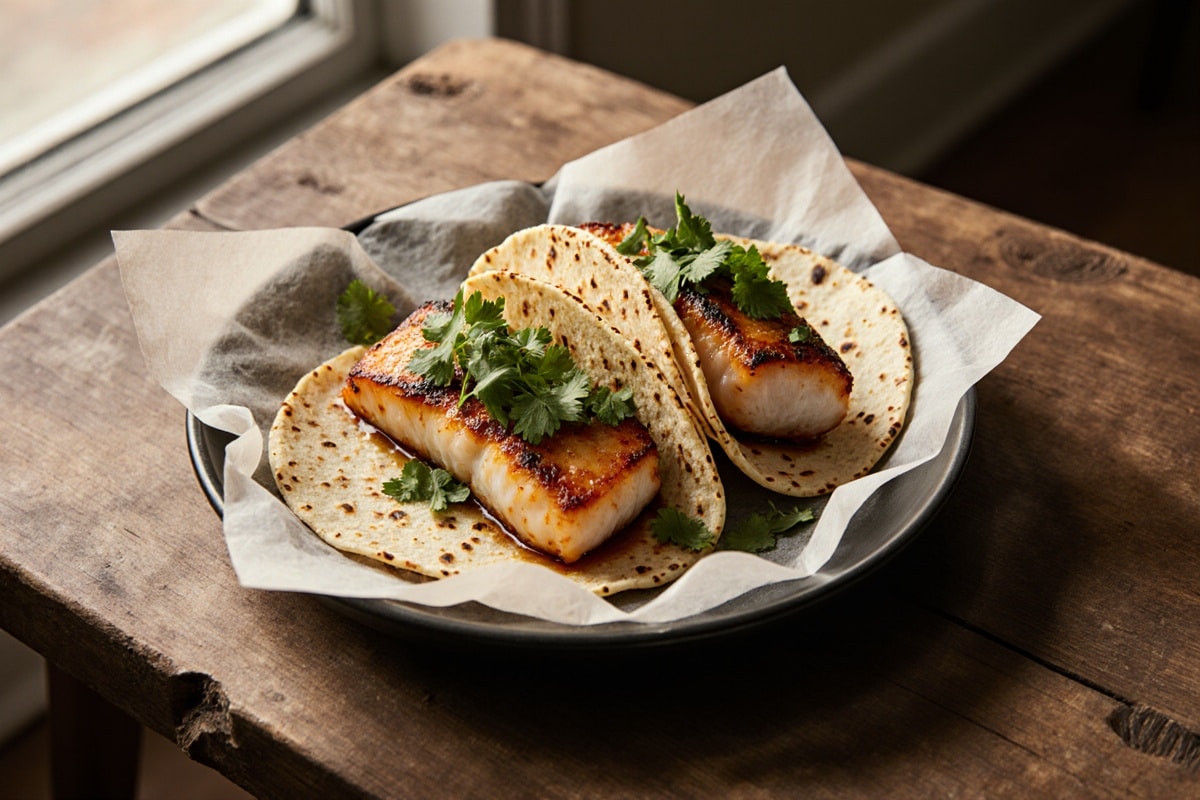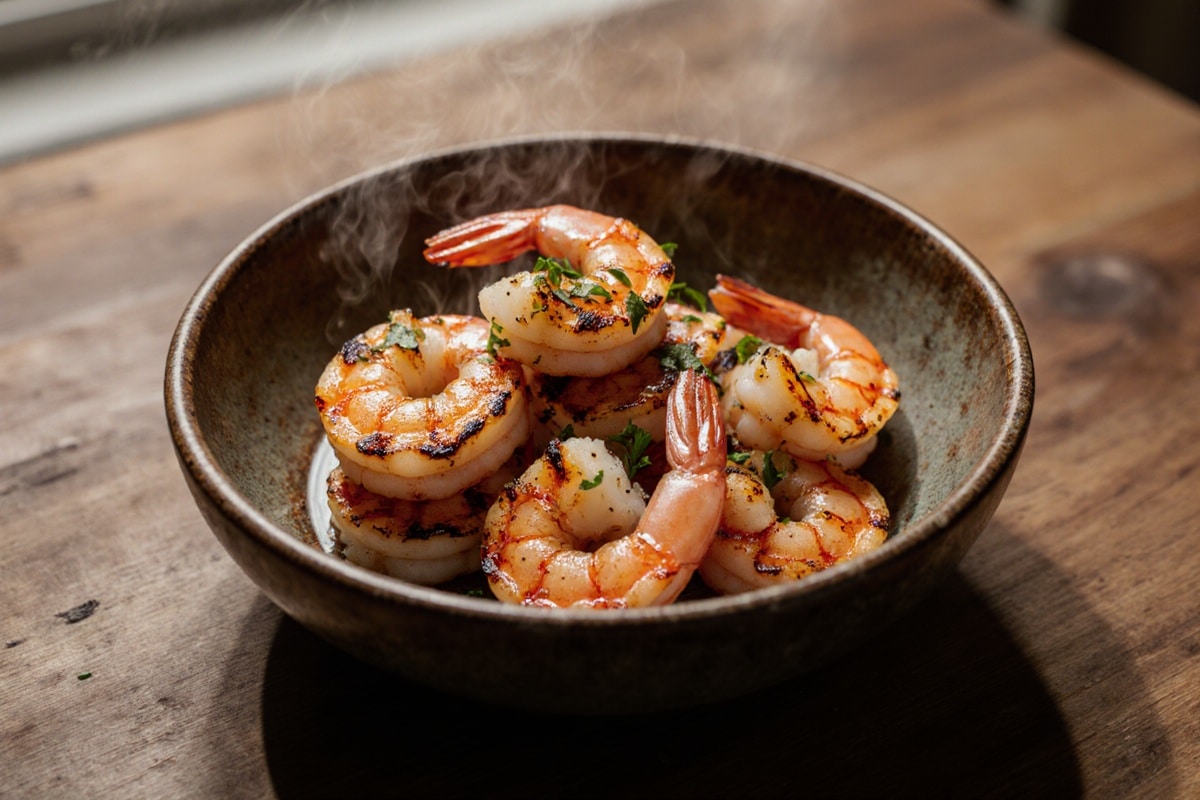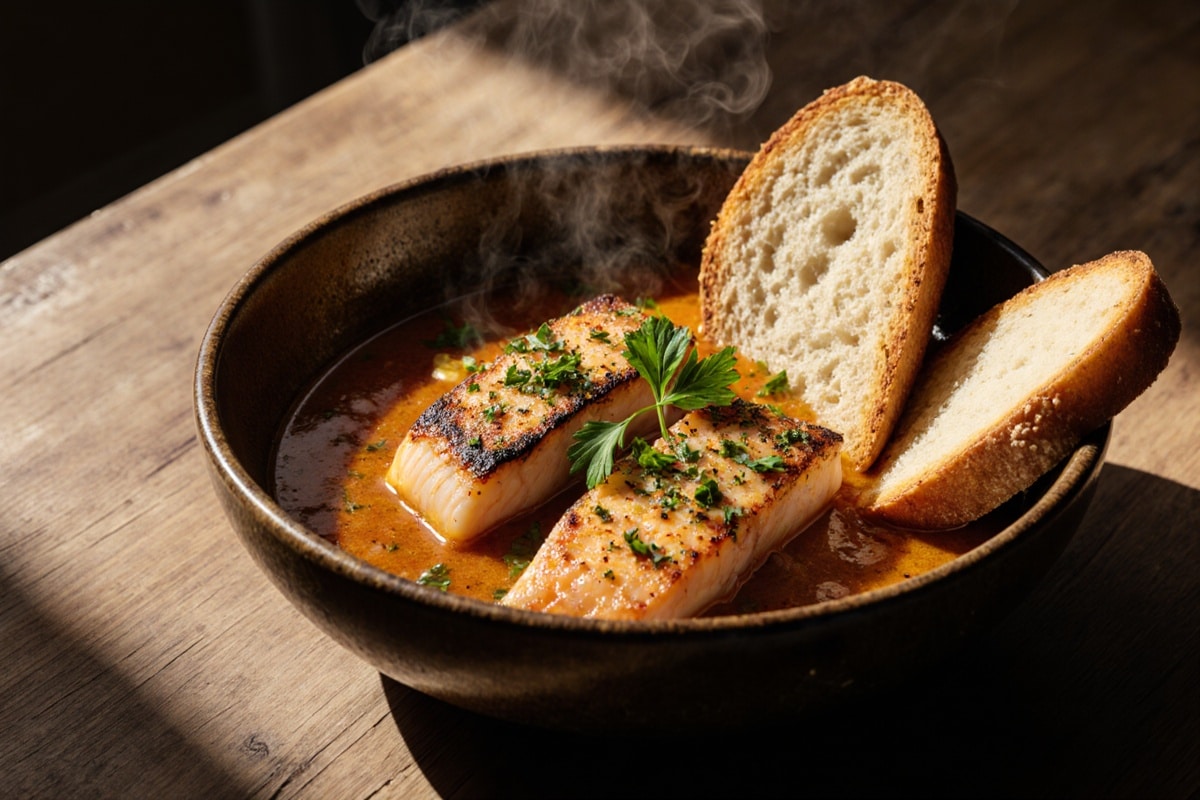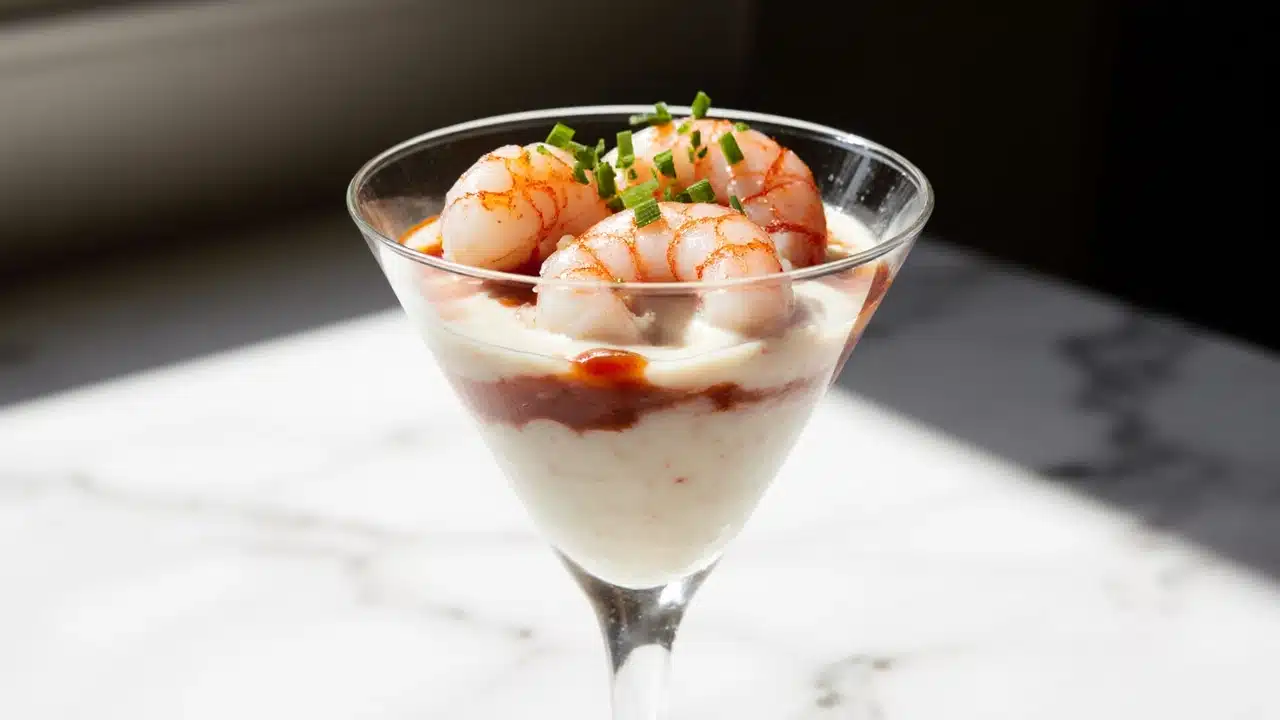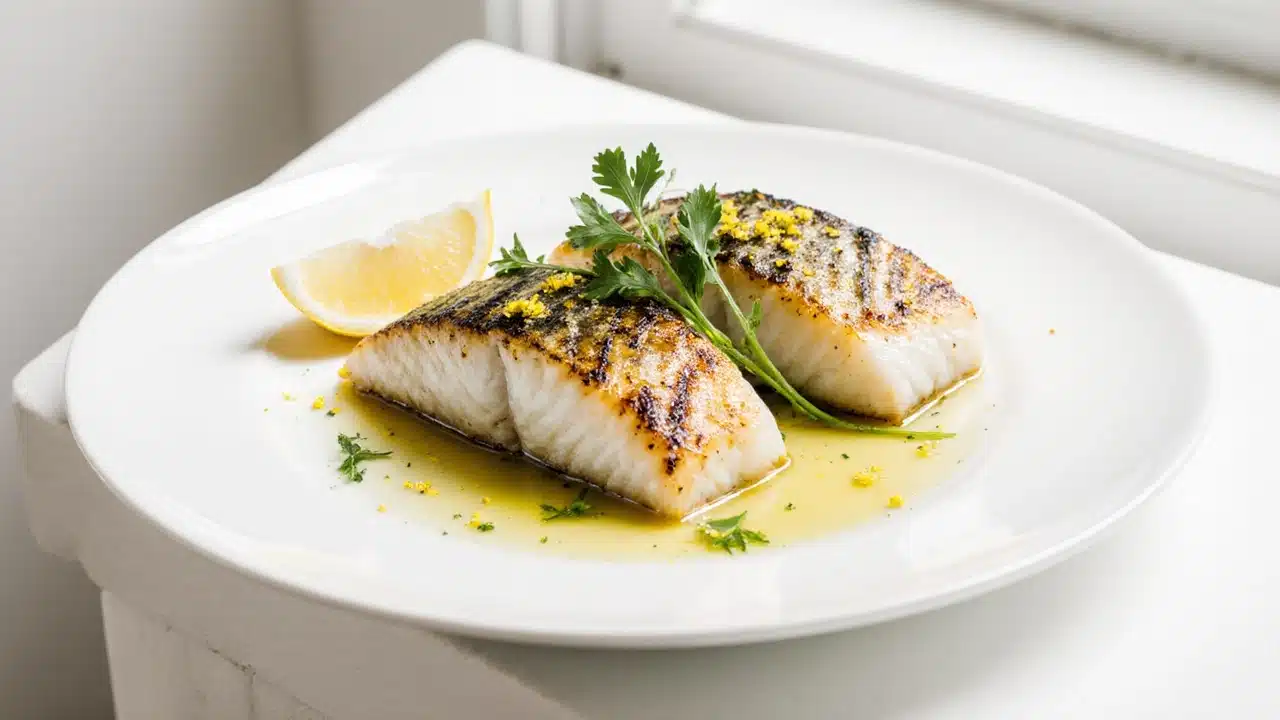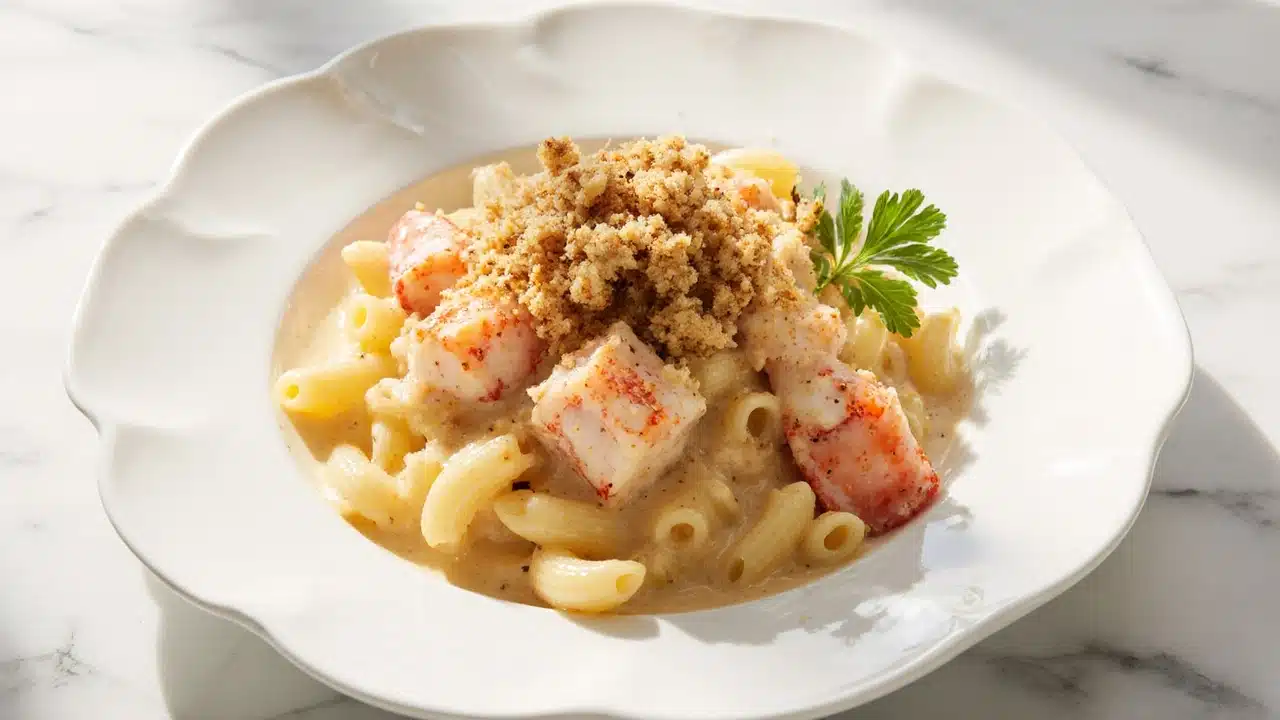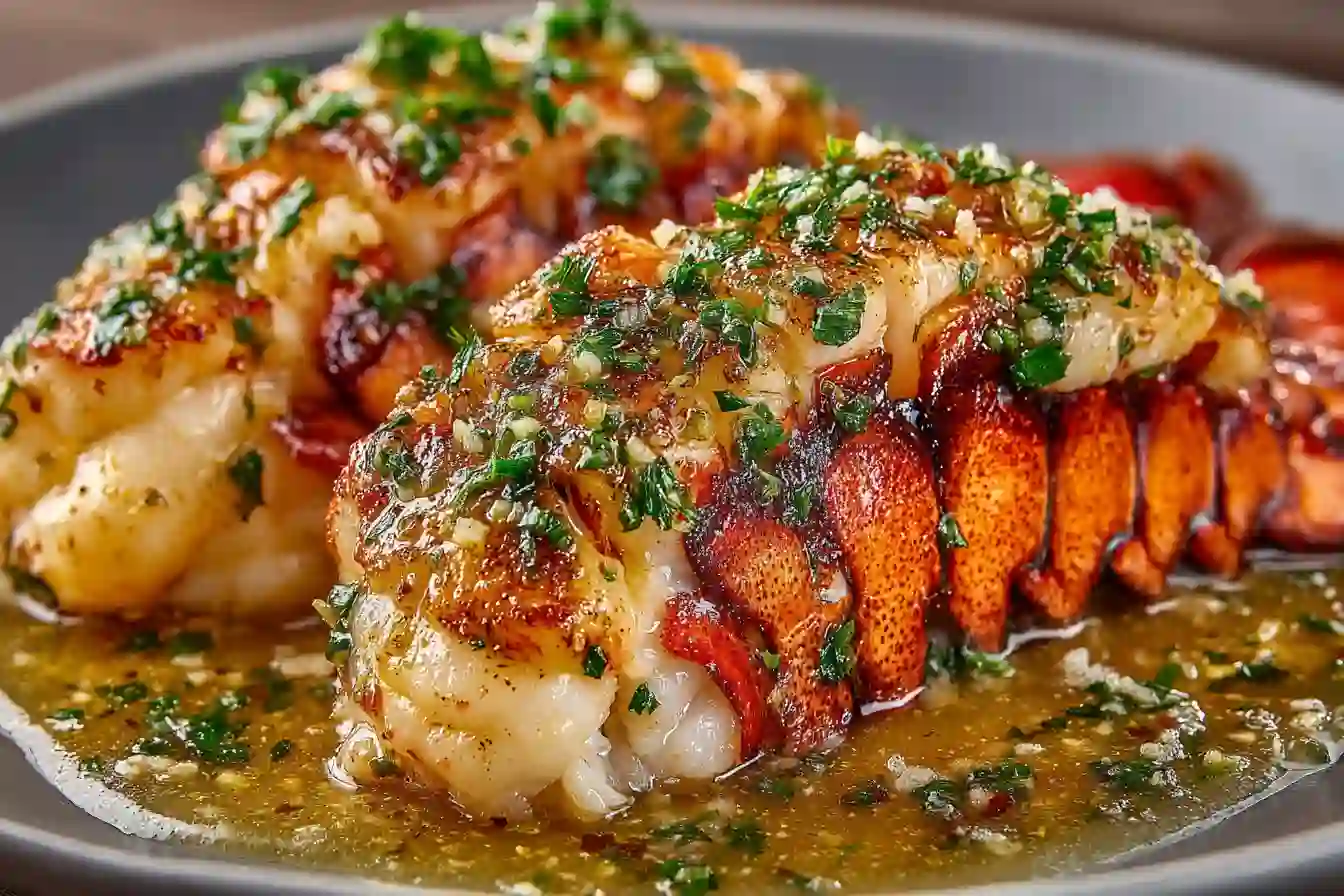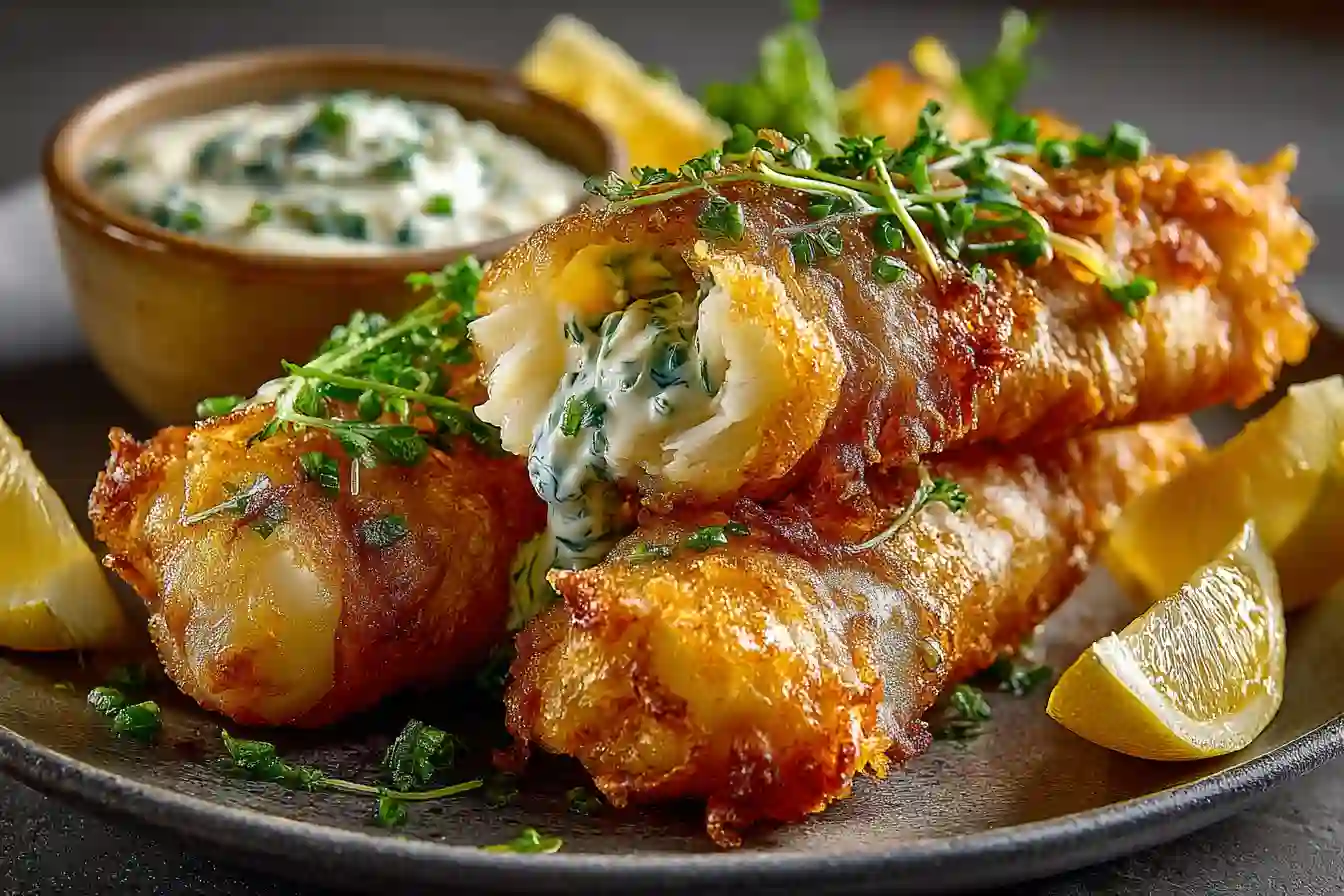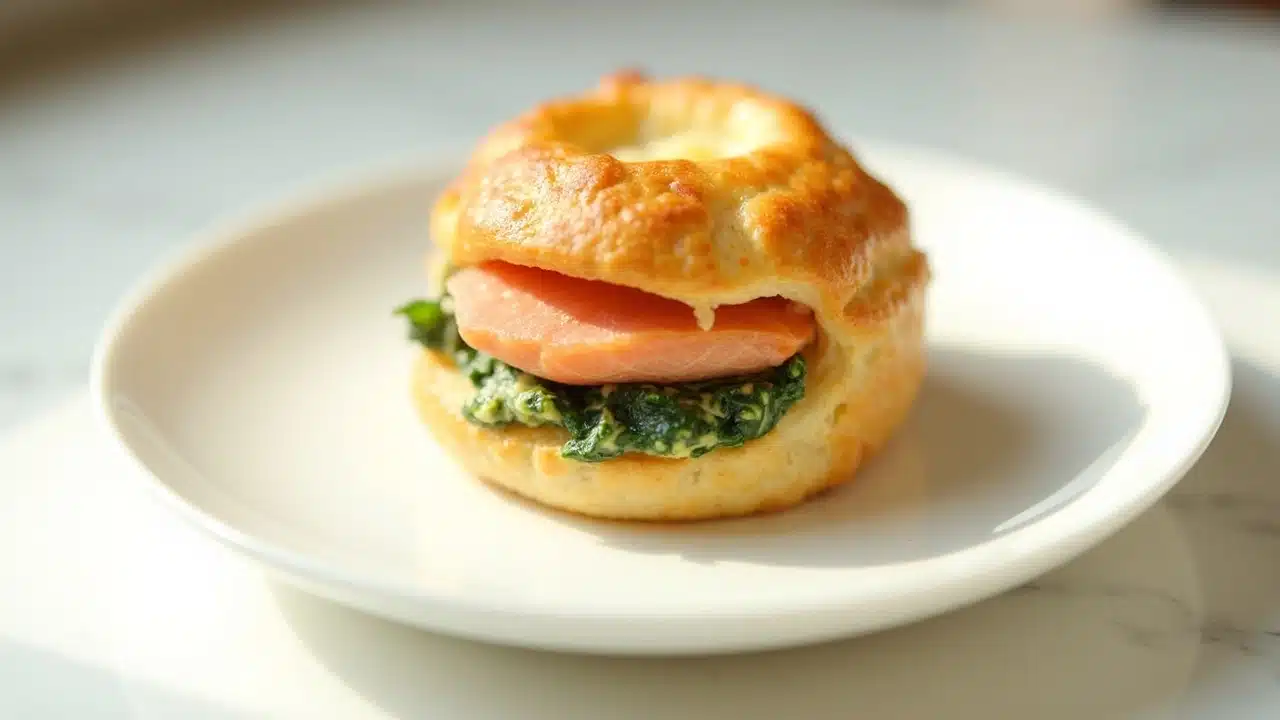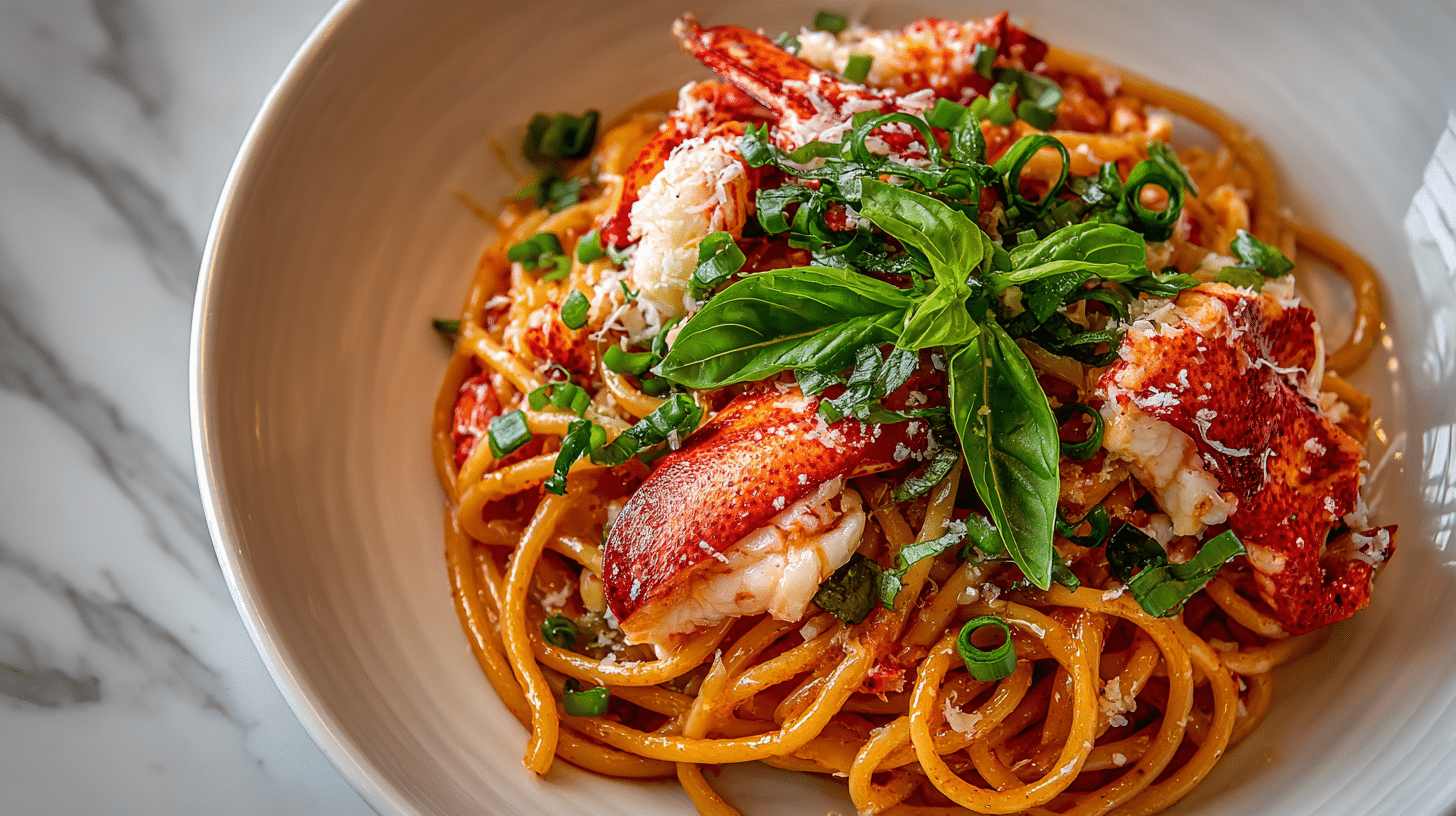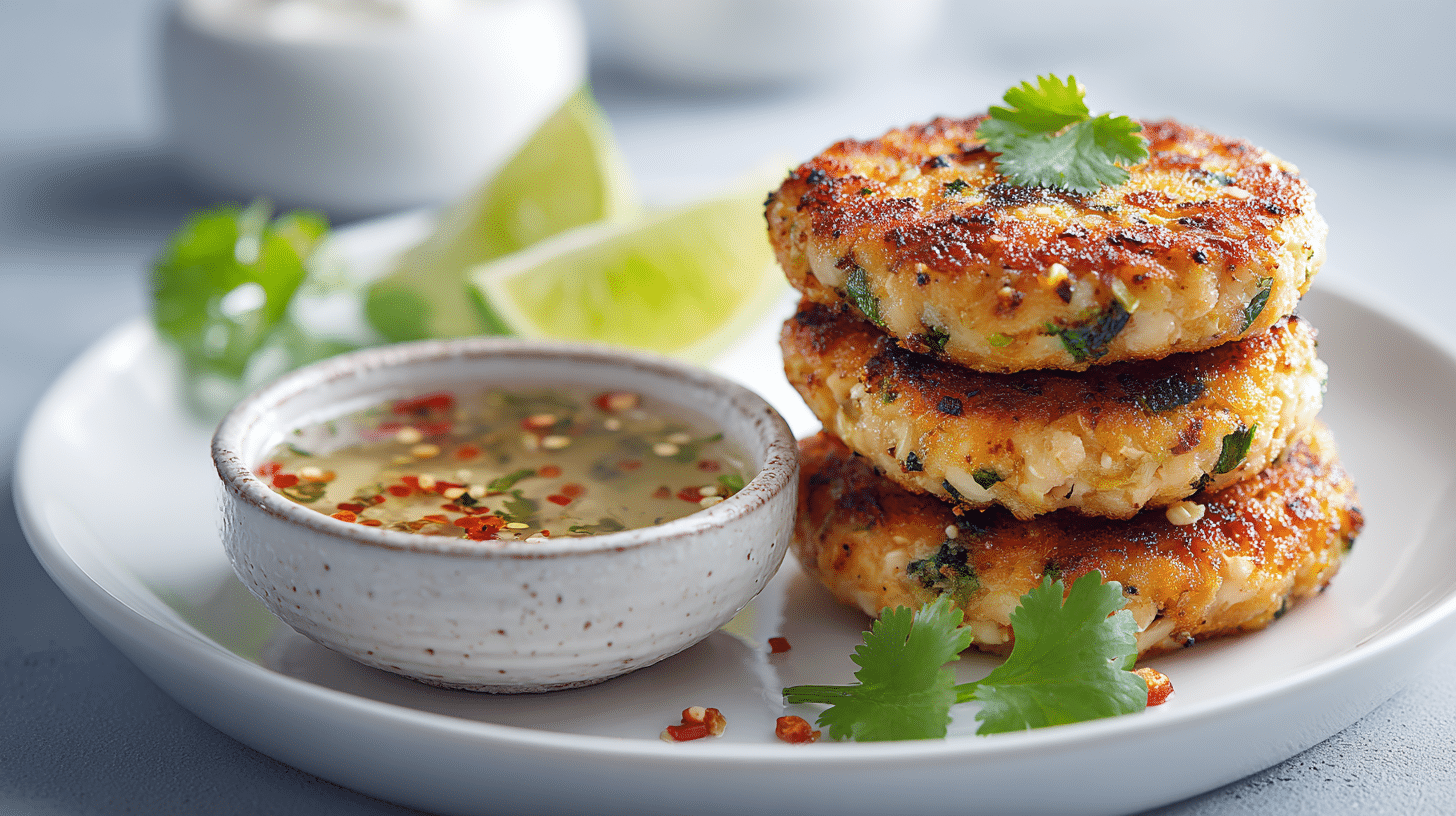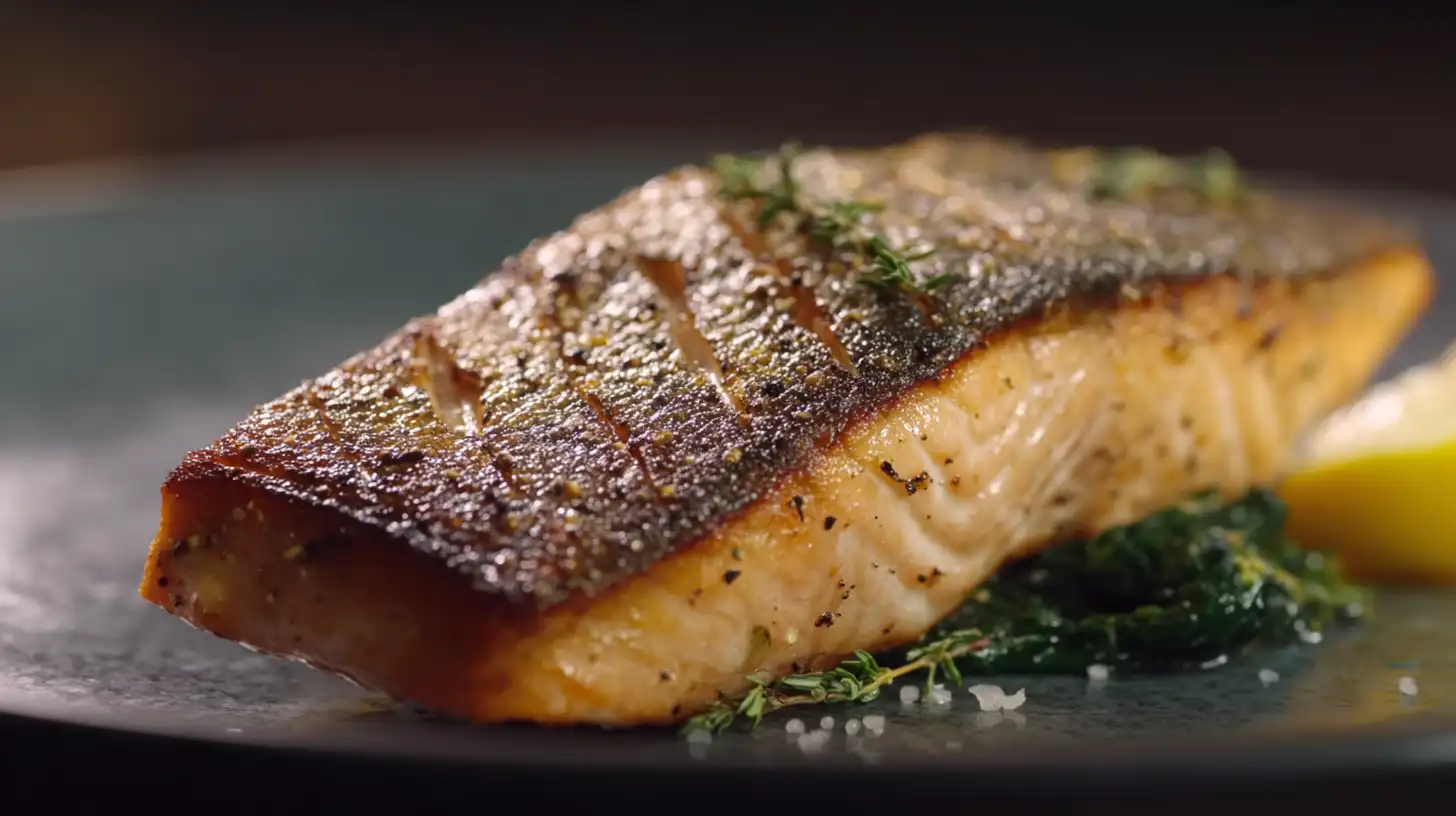Let’s be honest. You’ve tried a “Gordon Ramsay recipe” online. You followed it, and the result was… fine. But it wasn’t that dish from the show, was it? The one with the shatteringly crisp skin or the perfect, golden-brown scallop crust. That’s because the internet is packed with weird substitutions and watered-down techniques he’d call you an idiot sandwich for using.
I have. And I got tired of it.
I’m Jack Barrett. I’m not a trained chef, but I’ve spent countless hours in my kitchen with a stopwatch in one hand and a screaming hot pan in the other. This site is my obsession turned into your guide. I test, I document, and I replicate Ramsay’s most iconic recipes as precisely as possible so you can master them the right way.
This is the definitive guide to Gordon Ramsay seafood recipes. It’s not a collection of vague instructions. It’s a blueprint built on his non-negotiable laws, proven with three iconic dishes: the 90-second scallop sear, a flawless fish-and-chips, and his legendary crispy-skin salmon. No fluff. No shortcuts. Let’s get to work.
The Method: Ramsay’s 3 Non-Negotiable Laws of Seafood
Forget everything you think you know about cooking fish. Success with Gordon Ramsay seafood recipes isn’t about dozens of ingredients. It’s about a few powerful laws. These aren’t suggestions. They are the bedrock of his entire method. I learned them through trial and a lot of error. Now, you won’t have to.
Law #1: Violent Heat. Brutal Precision.
This is the foundation. If your pan isn’t hot enough, stop. You are wasting your time and a beautiful piece of fish. You need to hear a violent sizzle the microsecond the seafood hits the pan. That sound is the Maillard reaction kicking into gear, creating the golden-brown crust that means flavor. A quiet pan is a steaming pan. A steaming pan gives you pale, rubbery fish.
The other half of this law is the clock. Seafood is unforgiving. When Ramsay says sear a scallop for 90 seconds, I set a timer. Not “about a minute and a half.” Ninety. Point. Zero. Seconds. The line between a perfectly translucent center and an overcooked eraser is measured in heartbeats. Respect the heat, and respect the clock. Always.
Law #2: A Dry Surface. A Simple Seasoning.
This is a ritual, not a step. Moisture is the mortal enemy of a crisp sear. Before you do anything else, you will take your fish or scallops, lay them on a paper towel, and pat them dry. Then pat them again. When you think they’re dry, they’re not. Do it one more time.
Only then—seconds before it goes into the hot pan—do you season. Generously. Salt and freshly cracked black pepper. That’s it. You are not trying to invent a new flavor; you are trying to amplify the clean, beautiful flavor of the ocean. You’re letting the ingredient do the talking, and you’re making sure it has a perfectly dry stage to speak from.
Law #3: The Final Command: Finish with Acid.
This is what separates a home cook from a chef. After the heat, the butter, the caramelization—your palate needs a reset. A sharp, bright kick. This is the job of acid. A squeeze of lemon over fried fish. A swirl of white wine to deglaze the pan drippings from scallops. It’s not just a garnish; it’s the final layer of seasoning. It slices through the richness and makes the entire dish explode with flavor. Don’t think of it as optional. It’s the period at the end of the sentence.
The Showcase: Three Recipes, Three Tests
A law is useless if you can’t prove it works. Here’s how these principles translate into flawless execution across three iconic Gordon Ramsay seafood recipes. Each one is a test of a different skill.
The Scallops: The Test of Precision
This is the ultimate 90-second exam. The goal is a deep, nutty-brown crust you can see and hear, while the inside remains sweet and barely cooked. This is Law #1 in its purest form. There is no room for hesitation. The pan is hot, the scallops are dry, the timer is set. Success is a masterpiece of texture. Failure is a rubbery tragedy.
Get the Method: I timed every sear and documented every mistake. For the foolproof blueprint to the perfect scallop, see the full guide: [The Perfect Gordon Ramsay Pan-Seared Scallops]
The Fish & Chips: The Test of Texture
Here, the law is applied differently. The batter is the star. It must be light, airy, and so crisp it shatters. This is Law #2—respecting the ingredient—in action. The batter acts as a perfect, protective cocoon, steaming the delicate cod inside while it withstands the violent heat of the fryer. Get the oil temperature or the batter consistency wrong, and you have a greasy mess. Get it right, and it’s a revelation.
Get the Blueprint: The secret is in the aeration of the batter. I tested four variations to find the one that works every time. Get the authentic recipe here: [Gordon Ramsay’s Classic Fish and Chips, Decoded]
The Teriyaki Salmon: The Test of Control
This is the advanced course. How do you get that legendary crispy skin without burning the sweet teriyaki glaze to a bitter char? It’s a balancing act. You use Law #1’s violent heat to render the fat and crisp the skin first. Then you must have the control to manage that heat, adding the glaze at the precise moment so it reduces to a perfect, glossy coating without incinerating. This dish will punish you for a lack of control.
Avoid the Mistakes: My first attempt ended in a smoke alarm and a bitter piece of fish. Learn from my failures. Here is the foolproof method: [The Ultimate Gordon Ramsay Crispy Teriyaki Salmon]
Your Arsenal: Non-Negotiable Tools
You don’t need a thousand gadgets. You need four essential tools to execute these recipes correctly.
- A Heavy-Bottomed Skillet. Cast iron is my go-to. It gets screaming hot and stays that way.
- A Fish Spatula. Thin, flexible, and strong. It will get under your fish without destroying it.
- A Digital Timer. For the scallops and salmon, “close enough” isn’t good enough. Use a timer.
- Paper Towels. Lots of them. Your secret weapon against a poor sear.
The Cardinal Sins of Cooking Seafood
This is where good intentions go to die. I’ve committed every one of these sins. Avoid them like the plague.
- Using a Wet Ingredient. You put a wet scallop in a hot pan, you get a screech and a cloud of steam. The pan temperature plummets. You will get pale, steaming fish. Every. Single. Time.
- Using a Cold Pan. If you don’t hear an immediate, aggressive sizzle, take the fish out. Your pan isn’t ready. Fearing the heat is the #1 reason for failure.
- Overcrowding. You’ve got a hot pan, and you fill it with six pieces of fish. The temperature instantly dies. You are now steaming your dinner. Cook in batches. No exceptions.
- Overcooking. The ultimate sin, because you can’t undo it. Remember the enemy: residual heat. Your seafood continues to cook after it leaves the pan. Pull it off the heat when it’s just under done.

